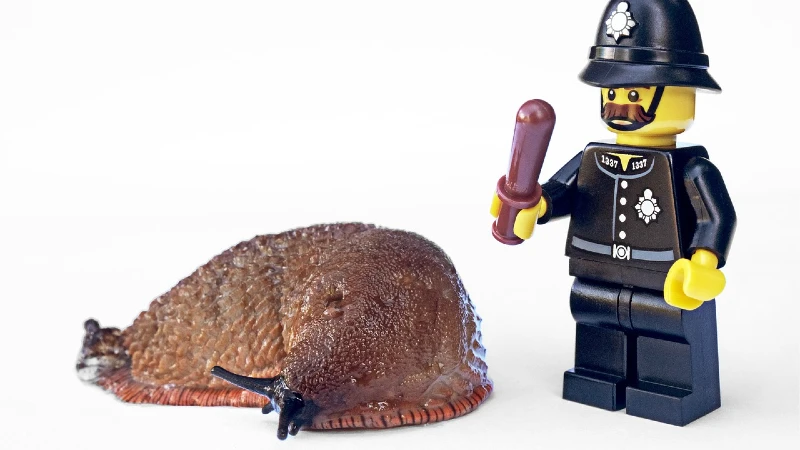Disclosure: This post may contain affiliate links, meaning we get a commission if you decide to make a purchase through our links, at no cost to you. Please read our disclosure for more info.
As animals are our neighbors who often try to find shelter in our homes and other places, we need to know how to protect ourselves and these animals. The local peculiarities of flora and fauna differ, so the regulations also vary.
Texas has a unique climate and specific laws on how to treat animals and remove them from unwanted spaces safely. All certified wildlife control services, like critterstop.com, must know and follow the specific regulations of the states where they are located.
Individuals who are not professionally involved in critter removals should be familiar with those regulations. It helps avoid unpleasant situations and legal liability if something unexpected happens before the service arrives.
Wildlife Control and Restrictions
Most people in the US are familiar with wildlife control. It suggests removing wild animals from homes and other buildings and preventing them from re-entering those sites.
The problems differ depending on the region, but people recognize some commonly spread animals that try to find shelter in people’s houses. These critters include mice, rats, opossums, skunks, raccoons, pigeons, etc.
Some of those are considered pests. You can eradicate them by using deadly means only. Individuals should realize the difference between critters and pests.
- Critters are animals, most of which belong to the wild world, and are safe if you do not harm them. Examples of critters include animals ranging from groundhogs to bears.
- Pests are creatures that usually live in colonies and do much harm to people’s health and property. Classic examples of pests are rats, roaches, and termites.
Knowing this difference helps us understand the regulations better. With pest problems, people apply poisonous solutions because the primary goal is to kill the entire colony.
Addressing wildlife control requires a humane approach. Stricter regulations apply if you meet animals under threat of extinction. Non-compliance with these laws leads to administrative and, in some cases, criminal liability.
What Laws to Look For
Some documents determine wildlife control locally. Others are national regulations that refer to peculiar species or seasons.
Local laws and entities include the following:
- The Texas Parks and Wildlife Department is the state entity that determines relationships with wild nature;
- The same-named Code describes the crucial rules of hunting, trapping, and removing wild animals.
General health laws and regulations include legal documents on:
- The health and safety codes, which are guidelines to avoid trauma or disease spread;
- The use of chemicals and poisons – if used irresponsibly, solutions may cause significant damage to the local ecosystem.
Species-related documents define:
- species protected by national law;
- exotic species that do not initially belong to the local ecosystem;
- threatened ones identified and described in the federal Endangered Species Act.
The latter document requires you to seek guidance from the US Fish and Wildlife Service, or TPWD.
Wrapping Up
Hunting-related documents stand alone because they refer to hunting seasons and contain specific terms.
These are general directions for you to search. You may ask a reliable service for a consultation or an estimate if your problem is factual. Remember, ignorance of the law does not exempt you from liability.


